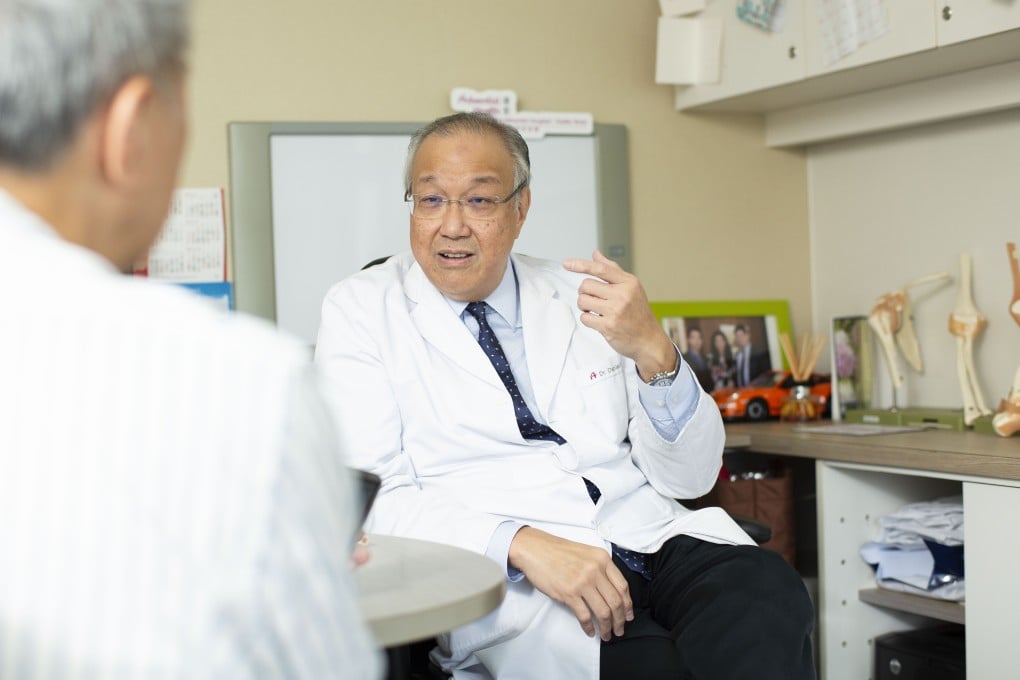Why is Hong Kong shoulder specialist with 35 years’ experience happy to still be ‘medical student’?
- Dr Daniel Mok of Hong Kong Adventist Hospital – Stubbs Road visits international medical centres twice a year to learn new procedures to help treat patients
- Orthopaedic surgeon says dislocations are common among young sportsmen and women, with 86 per cent of further problems occurring within two years

Hong Kong orthopaedic surgeon Dr Daniel Mok Wah-hong, who has more than 35 years of medical experience and teaches shoulder arthroscopy around the world, admits he still has much to learn.
“There seem to be new advances in medical treatments every month, if not every week,” says Mok, a specialist in orthopaedics and traumatology at Hong Kong Adventist Hospital – Stubbs Road, in Happy Valley.
“Doctors need to keep up to date – to learn what is the best antibiotic or drug treatment and the best new surgical treatment.”
There seem to be new advances in medical treatments every month, if not every week. Doctors need to keep up to date – to learn what is the best antibiotic or drug treatment and the best new surgical treatment
In between his regular Hong Kong duties and teaching in places including England, the United States, Denmark, Spain, the Czech Republic and mainland China, the honorary clinical professor at the Chinese University of Hong Kong, makes time to study, too.
He visits specialist centres twice a year, including Chicago’s American Association of Orthopaedic Surgeons, the Munich offices of medical technology company, Arthrex, in Germany, and several top Japanese hospitals in Tokyo and Osaka, so he can learn about particular medical advances that can be used to treat his patients.
“There are a lot of new ideas and equipment and many of these innovations help to shorten a patient’s hospital stay,” Mok says.

The shoulder is the commonest joint in the body to suffer dislocations – especially among young sportsmen and women.
